All roads lead to Rome, this ancient saying referred to the glorious days of the Roman Empire, when Rome wasn't synonymous with just one city, but with a territory that extended from North Africa to the lands of Northern Europe. In this article we propose you the ancient Rome tour, in 10 unmissable places to discover the ancient remains, that once gave birth to an empire.
From the Palatine Hill where the she-wolf nursed Romulus and Remus, to the long Appia Antica, Regina Viarum which connected Rome to the port of Brindisi, passing through the intricate tunnels of the catacombs where the first Christians hid. Come with us to discover the Ancient Rome tour, looking at these sites you will be enchanted, imagining the greatness of the builders who with their architecture and lines defied the centuries, allowing ancient Rome to remain intact in front of your eyes.

Ancient Rome tour: 10 unmissable places
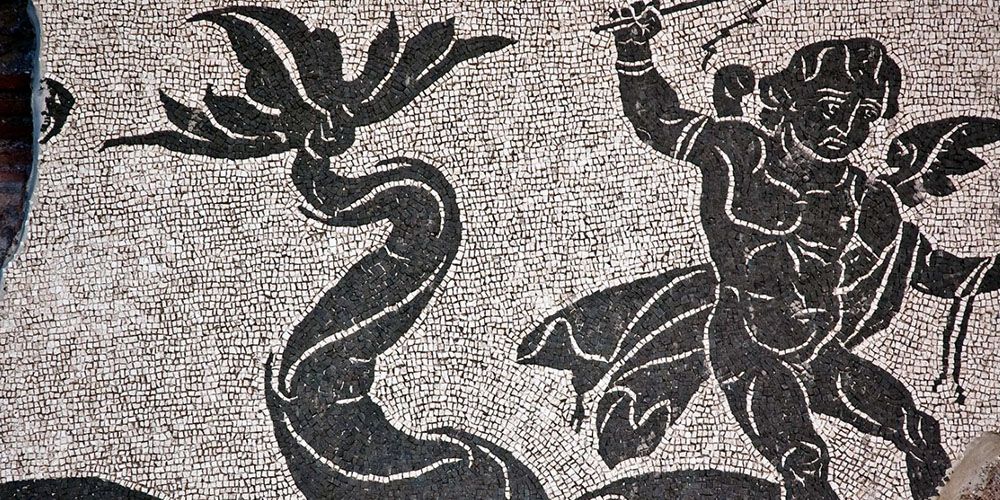
Our Ancient Rome Tour will start from the Palatine Hill, one of the seven hills of Rome, legend says that the origins of the capital began right here. The hill controls the Tiber River and overlooks the Roman Forum on one side and the Circus Maximus on the other. On the top we also find the Palatine Museums, rich in finds. At the base of the Forum, the famous Colosseum, not far from the great Thermal Baths of Caracalla and the Mouth of Truth where you can try to insert your hand to verify your sincerity.
Passing along Via dei Fori Imperiali, commissioned by Mussolini and which cuts the Fori in two, which were once enclosed in a single space, you will arrive at Trajan's Markets. With us you will arrive at the Ara Pacis, altar of the Peace of Augustus to end up in the green and relaxing Via Appia Antica and its infinite catacombs. The Ancient Rome tour is concentrated in the central area of Rome, with the only exception of the Appia Antica which we could not fail to include in this itinerary. All these places can easily be visited with the Visit Rome Pass, a card that offers the possibility of access to these attractions and others.
Discover more on Visit Rome Pass10. Roman forum

The Roman Forum represented the oldest part of the Forum, which in ancient times was the nerve center of the entire Roman civilization. Inside the archaeological area you will be able to observe the various historical eras, the definitive arrangement of the Forums is due to the Imperial Period, it is under the Emperor Augustus that the forums took the name of Imperial Forums. Take a few hours to visit them, you have to walk inside them.
The entrance to the Forum is in Piazza Santa Maria di Loreto, near Trajan's column, while the exit is on Via dei Fori Imperiali. With the same ticket you can visit the Roman Forum, the Imperial Forum and the Palatine Hill. At the exit it’s interesting to observe the marble maps that show the progressive enlargement of the Roman Empire, your Ancient Rome tour has begun.
9. Capitoline Museums

Marcus Aurelius on horseback
An essential stop on your Ancient Rome tour are the Capitoline Museums, these are part of the Civic Museums of Rome system and extend over an exhibition area of almost 13,000 square metres. From its terraces you will be able to observe the entire extension of the Forum at your feet.
Inside the Capitoline museums there are many finds including the very famous Capitoline Wolf with Romulus and Remus at her feet, a bronze statue. The sculpture with Marcus Aurelius on horseback is also of great interest.
8. Colosseum
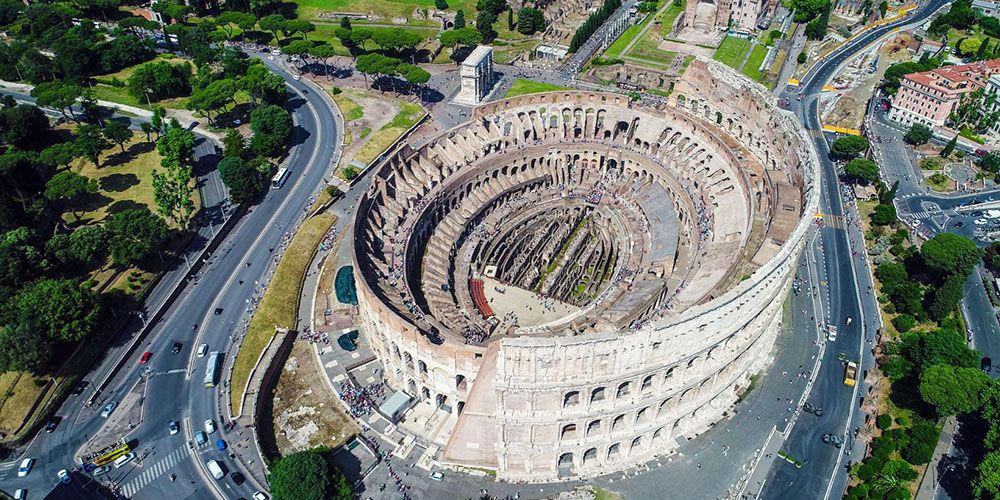
At the base of the forums stands the Flavian amphitheatre, the so-called Colosseum, so called because the colossal statue of Nero was erected next to it. The Colosseum is the largest Roman amphitheater in the world, included in the UNESCO heritage list and a symbol of ancient Rome.
Inside it is possible to visit the cavea, with the steps for the spectators' seats, originally made of marble, at the end of the seats there were two boxes reserved for high figures, primarily the emperors. In the central part there is the arena where shows took place with wild beasts, gladiators, but also tragedies, comedies and the naumachie, the naval battles that so impressed the spectators. In your Ancient Rome tour include Roman Forum, and Palatine Hill.
Discover the Colosseum and the Roman Forum, and Palatine Hill7. Caracalla's thermal baths
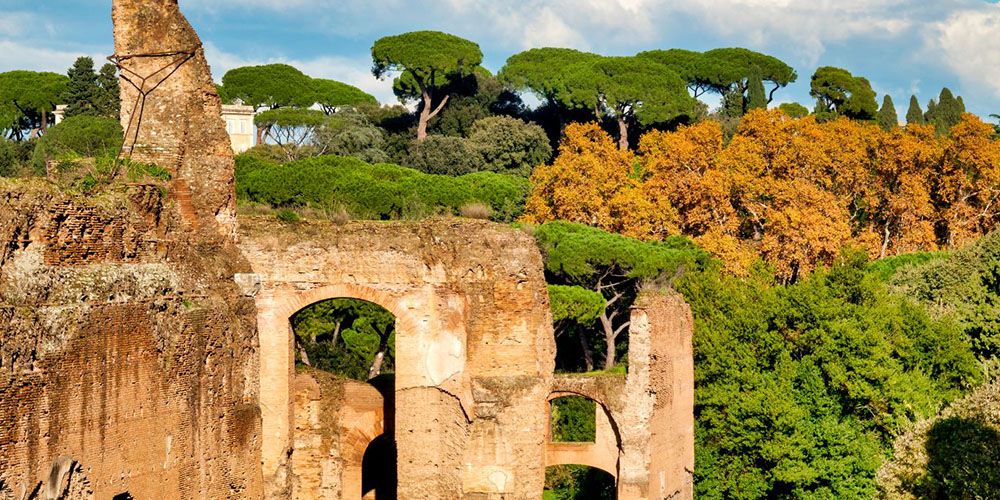
Caracalla's thermal baths
The thermal Baths of Caracalla constitute one of the grandest examples of imperial baths of ancient Rome, to be included in the tour. They were public baths that served the residents. Inside the Baths there were gyms and saunas, up to the main path in the bath tub calidarium, tepidarium and frigidarium. The slow and gradual transition from heat to cold was intended to benefit health by toning the body and helping circulation.
Built by order of Emperor Caracalla, this enormous complex was not only a space dedicated to body care, but also an interesting meeting place to discuss business and politics. They were frequented by free men and women and by slaves, everyone had to respect dedicated days and times. The entire structure belonged to the state.
Experience Rome by bike6. Circus Maximus

Circus Maximus
Located between the Palatine Hill and the Aventine Hill, the Circus Maximus is one of the first circuses where games and competitions took place since the time of Romulus, a huge stadium in which the Romans were entertained. 600 meters long and 140 meters wide, it is a large flat space near the Tiber landing place. Initially the seats for the spectators were made of wood, later replaced with brick seats, there were also service areas and shops.
The most popular competitions in the Circus Maximus were those of horses, but in addition to the games and races the Circus Maximus was also an important meeting point, a function which it has retained up to contemporary times; in fact, concerts and competitions take place here which attract many visitors. An unmissable destination on your Ancient Rome tour.
5. Mouth of truth
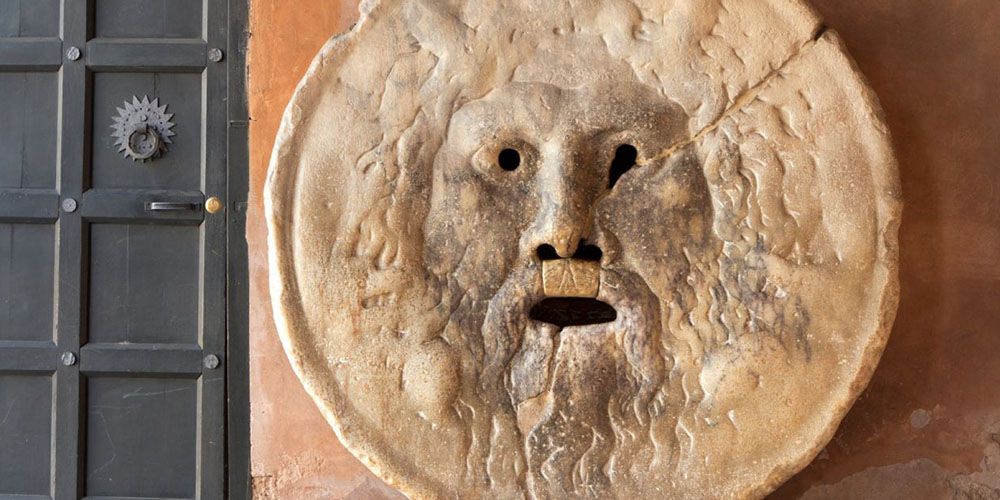
Mouth of truth
A stone's throw from the Circus Maximus going in the direction of the Tiber we find the ancient marble mask called the Mouth of truth inside the church of Santa Maria in Cosmedin. In the period of ancient Rome it was used as a manhole, placed in a horizontal position, probably to decorate the lowest point of a square. The face must have depicted a river or marine deity who had the function of swallowing rainwater.
The legendary fame that has spanned the centuries where the Mouth of truth is the proof of lies and truth dates back to the medieval period, where it was said that if an unfaithful husband or wife inserted their hand inside their mouth it would be cut off. The name Mouth of truth was coined in 1485 and has not changed since then. Audrey Hepburn in the movie Roman Holiday included this destination in her tour of Ancient Rome, do it too.
4. Trajan's Markets
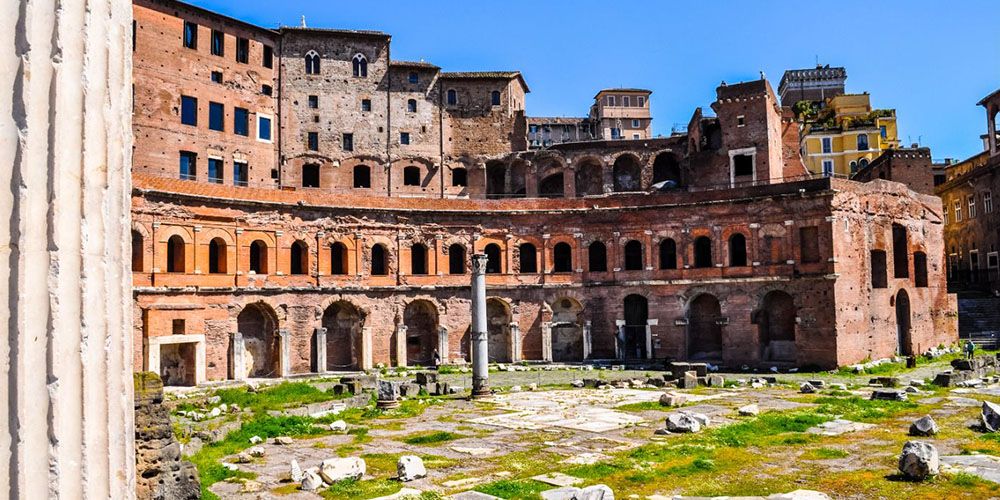
Trajan's Markets
Trajan's markets are a very suggestive and less visited destination than the remaining part of the Roman Forum, the markets were intended for commercial and administrative activities linked to the Forum and were directly connected to them. The complex which stands on the slopes of the Quirinale hill has also housed the Museum of the Imperial Forums since 2007. The Markets were designed and created under the supervision of the architect Apollodorus of Damascus.
The origin of the architect contributed to creating the different styles that we find in this structure, which represents an exception in the Roman architectural panorama. The lower part of the structure was intended to host commercial activities, so much so that it was seen as an ideal continuation of Trajan's Forum. While the upper floors were dedicated to management and administrative operations. Inside this museum, multimedia tools are used, useful for observing the original reconstructions.
3. Ara Pacis
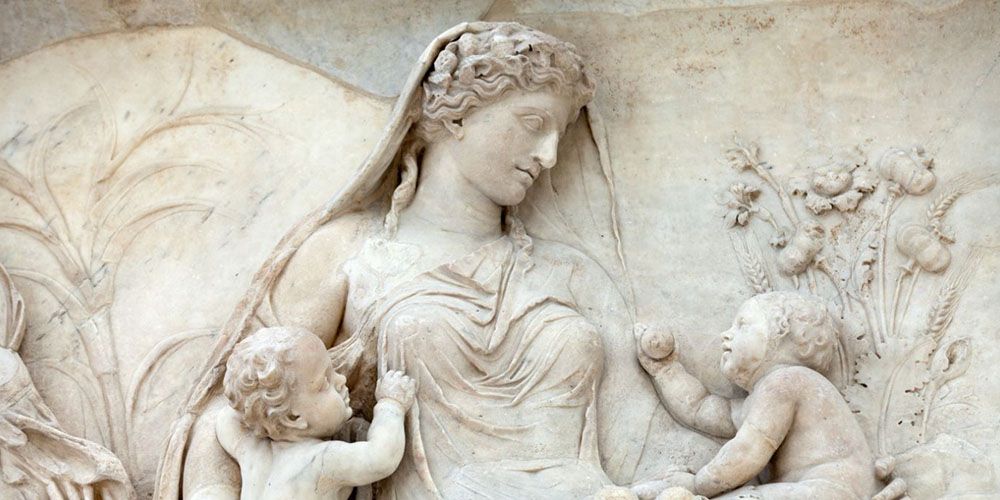
Ara pacis, fregio
Our Ancient Rome tour continues with a very important monument, the Ara Pacis, commissioned by Emperor Augustus to celebrate the peace and prosperity achieved with the Pax Romana or Pax Augusti, a long period of peace imposed by Augustus on the states of 'Roman Empire. The Ara Pacis consists of an almost square enclosure elevated on a small podium, the entire structure is in marble, finely characterized by relief decorations both externally and internally.
The structure that encloses the Ara Pacis was the work of contemporary architect Richard Meier and represents the first major architectural intervention built in the center of Rome. On the floor below the Ara Pacis a museum hosts temporary exhibition. This monument is particularly important and reminds us how peace should be the founding element of any historical period.
2. Via Appia Antica
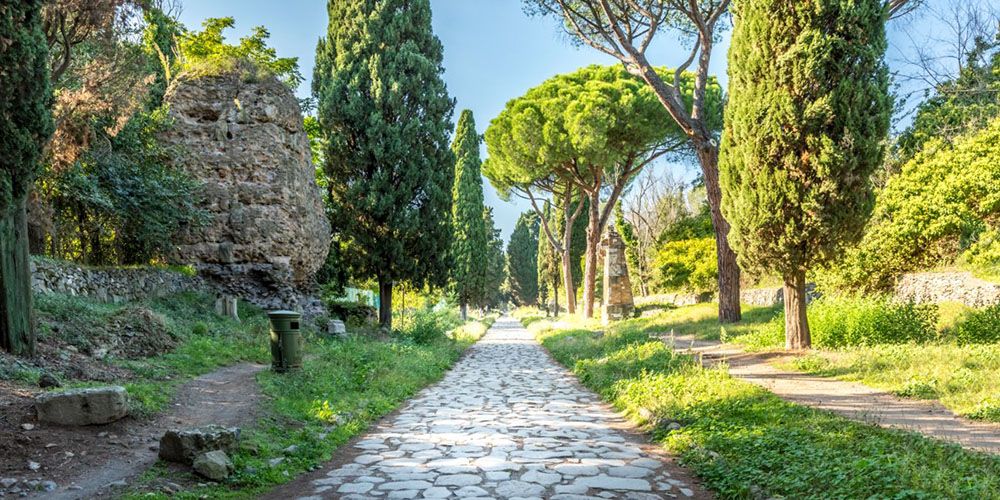
Appia Antica
The ancient Appia was called Regina Viarum (Queen of the roads) and connected the city of Rome to one of the most important ports of antiquity, that of Brindisi, from where the main trade routes to Greece and the East departed. For your Ancient Rome tour it can represent an unmissable moment of relax. The scenery is truly pleasant, a stretch of the road still preserved with slabs and cobblestones, as it was originally, is closed to traffic and immersed in the Roman countryside.
You can travel this road on foot, by bicycle or on horseback and make stops to admire the views, imagining yourself as a romantic painter on the grand tour of Italy. On the sides of the road there are monuments and marble tombstones, note the mausoleum of Cecilia Metella. The Appia Antica is considered one of the greatest engineering works of the Roman era.
1. Ancient Rome tour: last stop at Catacombs of San Callisto

Built towards the end of the 2nd century, the catacombs of San Callisto cover an area of 15 hectares and reach a depth of more than 20 meters between the Via Appia Antica and the Via Ardeatina. It is a cemetery complex in whose galleries more than fifty martyrs, nine popes and eight church dignitaries are buried, which is why the complex is called the small Vatican. The catacombs of San Callisto are among the largest and most important in Rome.
Since 1930 the Holy See, owner of the Catacombs, has entrusted the custody of the Catacombs of San Callisto to the Congregation of the Salesians of Don Bosco. Including this destination in your Ancient Rome tour is a must (unless you suffer from claustrophobia!). Our ancient Rome tour in 10 unmissable places ends here, we wish you a good visit.
Visit the catacombs of San CallistoAbout the author
Written on 27/11/2023

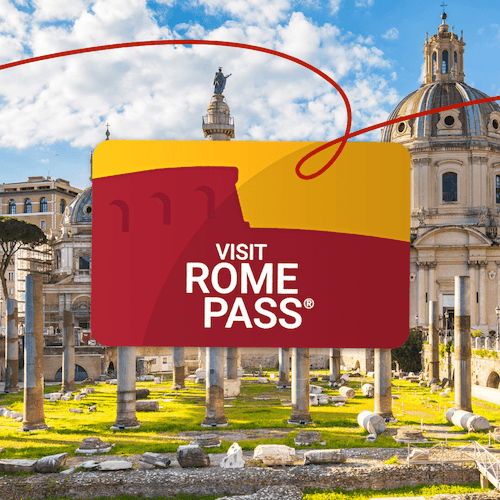
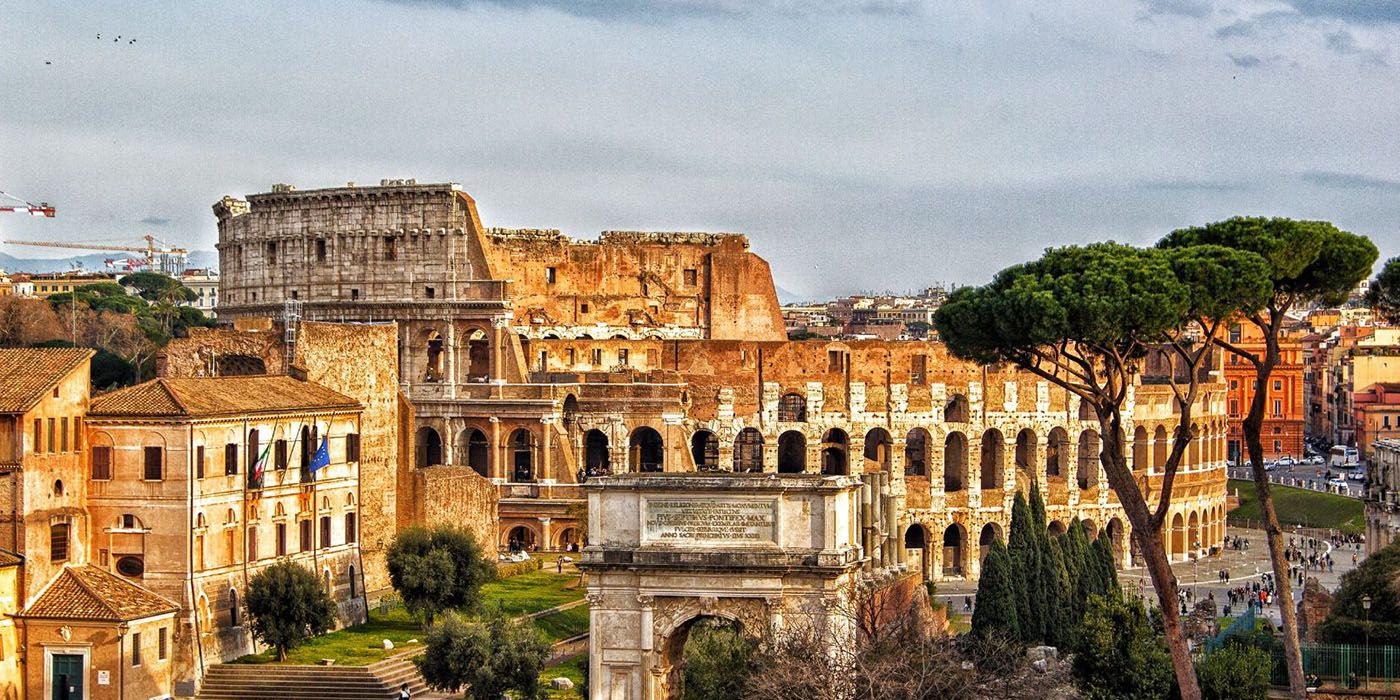

Chiarastella Campanelli
Discover the ancient Rome tour with us, walking and contemplating the vestiges of a glorious past in 10 unmissable places.